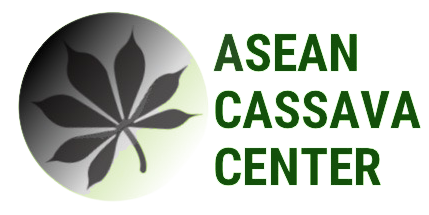Cambodia: Cassava Cultivation Situation
Cassava cultivation
Cassava cultivation has surged in Cambodia since 2006, ranking as a top crop alongside rice and maize. The main cassava-growing regions are the Coastal, Lower Mekong Plain, Tonle Sap Plain, and Upper Mekong Plateau zones. The majority of cassava farming (98%) occurs in the Tonle Sap and Lower Mekong Plain zones, notably led by Kratie province in the Plateau and Mountainous Zone, which also boasts larger landholdings.
In 2019, Cambodia produced around 13 million tons of cassava, slightly dropping to over 12 million tons in 2020. The average yield per hectare stands at about 20.70 tons, influenced by location, soil, fertilizer use, and cassava varieties. Cassava cultivation practices follow guidelines influenced by neighboring countries like Thailand. Planting occurs at the start of the dry or early wet season, involving stem selection, land prep, cultivation, pest control, and harvesting. Cambodia mainly exports cassava, including dried slices, fresh cassava, and cassava flour. Key export markets include Thailand, Vietnam, South Asia, and Europe.
Key Challenges
Cassava cultivation in Cambodia faces several challenges, including farmer's limited technical knowledge, weather and market uncertainties, inadequate understanding of cassava varieties, and government monitoring capacity. To combat these issues, Cambodia has enacted a National Cassava Policy to encourage commercial cassava production, aid processors, and boost trade competitiveness. Research and training programs aim to enhance cultivation practices, while contract farming and value chain strategies work towards strengthening the cassava sector.
Innovation/Modern technology
Opportunities for improvement lie in adopting innovative technologies, promoting mechanization, and developing a stronger cassava value chain. However, potential threats include limited farmer education and understanding, fluctuating market prices, and the need for better surveillance of imported plant diseases and chemicals.
SWOT Analysis
Strengths:
- Cambodia achieves one of the world's highest cassava root yields, averaging 22 MT/ha.
- Cassava's versatility allows it to be grown independently or intercropped, providing an additional income stream.
- Farmers benefit from the flexibility to harvest cassava according to favorable market conditions.
- Cassava is a low-maintenance crop, demanding minimal labor input.
- Foreign direct investment (FDI) from South Korea and China is flowing into Cambodia's cassava sector, promoting large commercial plantations and dedicated processing facilities, particularly for biofuels.
Weaknesses:
- Limited cultivation techniques and widespread misinformation hinder optimal cassava farming practices.
- Weak monitoring and surveillance at the farm level pose risks related to imported plant diseases and the sale of hazardous herbicides, pesticides, and chemical fertilizers.
- Insufficient education and support for predominantly smallholder farmers.
- Cassava market prices are highly volatile.
Opportunities:
- Cambodia can explore multiple annual crop cycles, unlike its current single-crop practice.
- Expanding participation in the cassava value chain beyond production.
- Implementing on-farm cassava chipping mechanization to reduce labor costs, minimize wastage, and enhance farmer margins.
- Agreements with Thailand to establish special trade zones for cassava and corn create new trading opportunities.
Threats:
- Limited understanding and knowledge acceptance from technical training could hinder cultivation improvement initiatives.
- Insufficient education and comprehension among farmers may lead to the failure of contract farming or collaboration with buyers.
In conclusion, cassava cultivation in Cambodia has significant potential for growth, and government policies and initiatives are aimed at harnessing this potential while addressing existing challenges. Innovations in cultivation techniques, value chain development, and education can further enhance cassava production in the country.
